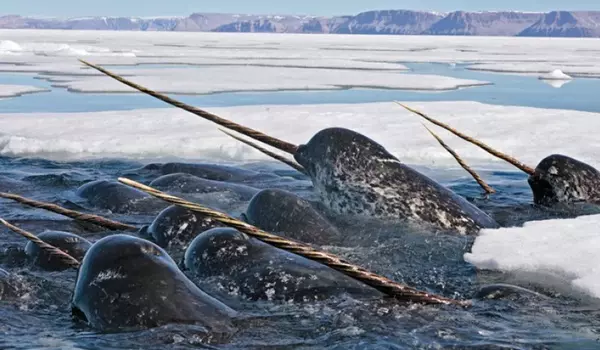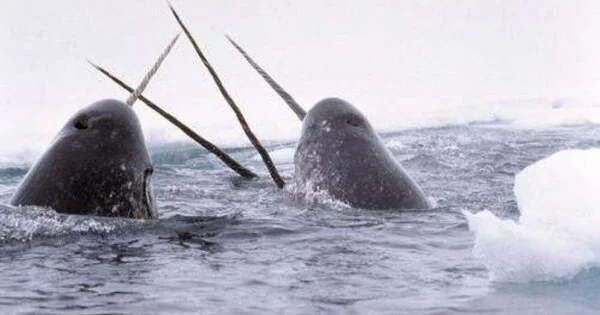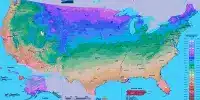Narwhal populations are estimated to be around 75,000, making them Near Threatened by the IUCN and likely to decline further if appropriate protection is not provided. Narwhal populations are under threat from hunting, climate change, and industrial activity, and narwhals are still actively hunted in Canada and Greenland. Scientists are concerned that climate change will have an impact on narwhal habitats, but the effects have yet to be determined.
The goal of using chaos theory to better understand Arctic narwhal behavior is to aid efforts to protect this vulnerable species. Researchers analyzed data from long-term monitoring of an electronically tagged narwhal using chaos theory mathematical equations. Using 83 days of data, they extracted previously undetected diurnal patterns within what appeared to be irregular diving and surface resting behavior.
“While animal-borne ocean sensors continue to advance and collect more data, there is a lack of adequate methods to analyze records of irregular behavior,” says Evgeny A. Podolskiy, first author of the study published in the journal PLOS Computational Biology.
Our approach is relatively simple to implement and can map and label long-term data, identifying differences between the behavior of individual animals and different species, as well as detecting perturbations in behavior caused by changing influences.
Evgeny A. Podolskiy
Podolskiy developed the procedure to find behavioral patterns in seemingly intractable complexity with Mads Peter Heide Jørgensen at the Greenland Institute of Natural Resources.
Narwhals (Monodon monoceros) are small whales found in Arctic waters that are known as the unicorns of the sea due to their long single tusks. Because of climate change, human activity, and predation by invasive species such as killer whales, they are one of the most endangered Arctic species. Narwhals are known for diving to extreme depths of more than 1,800 meters. Their life cycle is inextricably linked to the melting of sea ice.
To understand the full range of behaviors of a satellite-tagged narwhal, Podolskiy and Heide Jrgensen combined their expertise in signal processing and biologging. Mathematical techniques developed as part of chaos theory can interpret complicated and seemingly chaotic behavior in dynamic systems to reveal states called ‘attractors’, which the systems tend to develop towards. In essence, the approach identifies significant patterns that would otherwise be difficult to detect.

The analysis of the behavior of the electronically tagged narwhal, inspired by Podolskiy’s previous work on turbulence, revealed a daily pattern of activity and how it was affected by changing seasons, and previously unknown features of narwhal behavior. The animals rested closer to the surface around noon, but when they did dive at that time, the dives were very deep.
During twilight and at night, the dives became shallower but also more intense, possibly due to squid hunting, which is known for diurnal vertical migration. It was also discovered that increased sea ice limits the narwhal’s surface activity and is associated with more intense diving.
“Our approach is relatively simple to implement and can map and label long-term data, identifying differences between the behavior of individual animals and different species, as well as detecting perturbations in behavior caused by changing influences,” the authors write.
The researchers believe that their new method will be especially useful in assessing the threats to narwhals and other Arctic animals posed by climate change and sea ice loss. Such data could be critical in developing policies to protect endangered species in the face of natural change and increased human activity.















